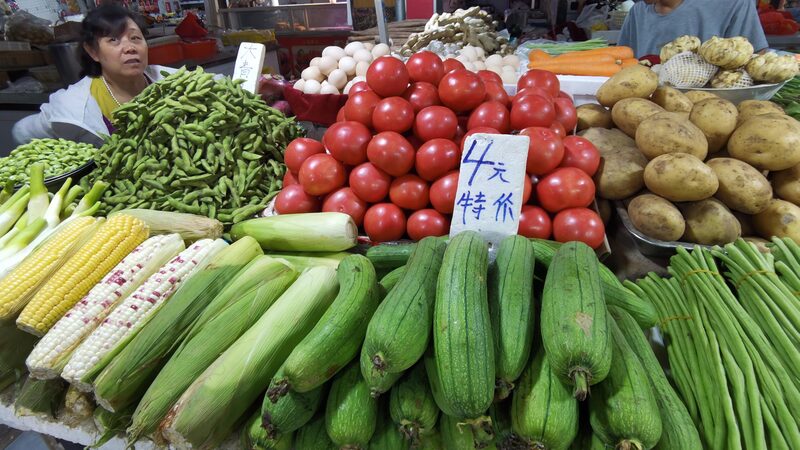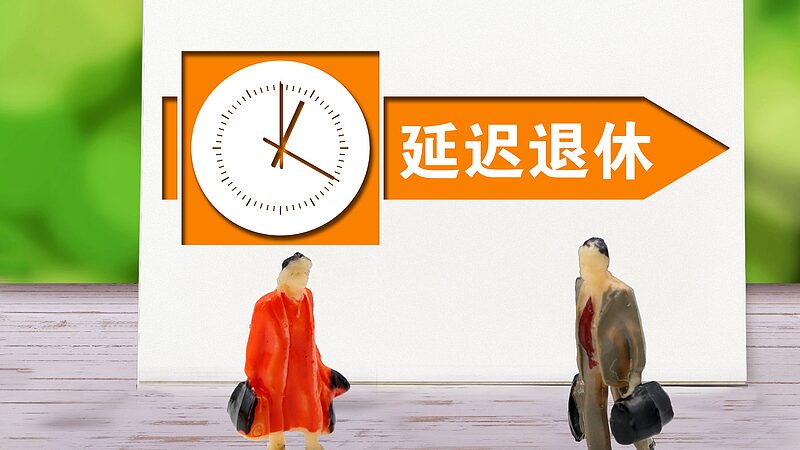The Summer Solstice, occurring on June 21 this year and lasting until July 5, marks the 10th solar term in the traditional Chinese solar calendar. This period is significant as it brings the longest day and the shortest night in the Northern Hemisphere, a moment that has been celebrated in China for thousands of years.
China’s ancient calendar divides the year into 24 solar terms, a system developed to guide agricultural activities and daily life. The Summer Solstice is a time when daylight reaches its peak duration, after which days gradually become shorter and temperatures continue to rise.
The 24 solar terms reflect the understanding and respect the Chinese people have for nature’s rhythms. Even in modern times, these periods are not only a guide for farmers but also an integral part of cultural rituals and health practices. Each term corresponds with specific customs and advice for living harmoniously with the environment.
During the Summer Solstice, traditional activities might include eating cold noodles in some regions to cool off from the heat or observing ceremonies that honor the balance of nature. It’s a time to appreciate the abundance of the season and the historical wisdom passed down through generations.
As we experience the longest day of the year, it’s an opportunity to connect with these ancient traditions and reflect on our relationship with the natural world. The observance of the Summer Solstice within the framework of the 24 solar terms offers insight into China’s rich cultural heritage and its ongoing relevance in contemporary life.
Reference(s):
24 Solar Terms: Summer Solstice – the longest day of the year
cgtn.com








